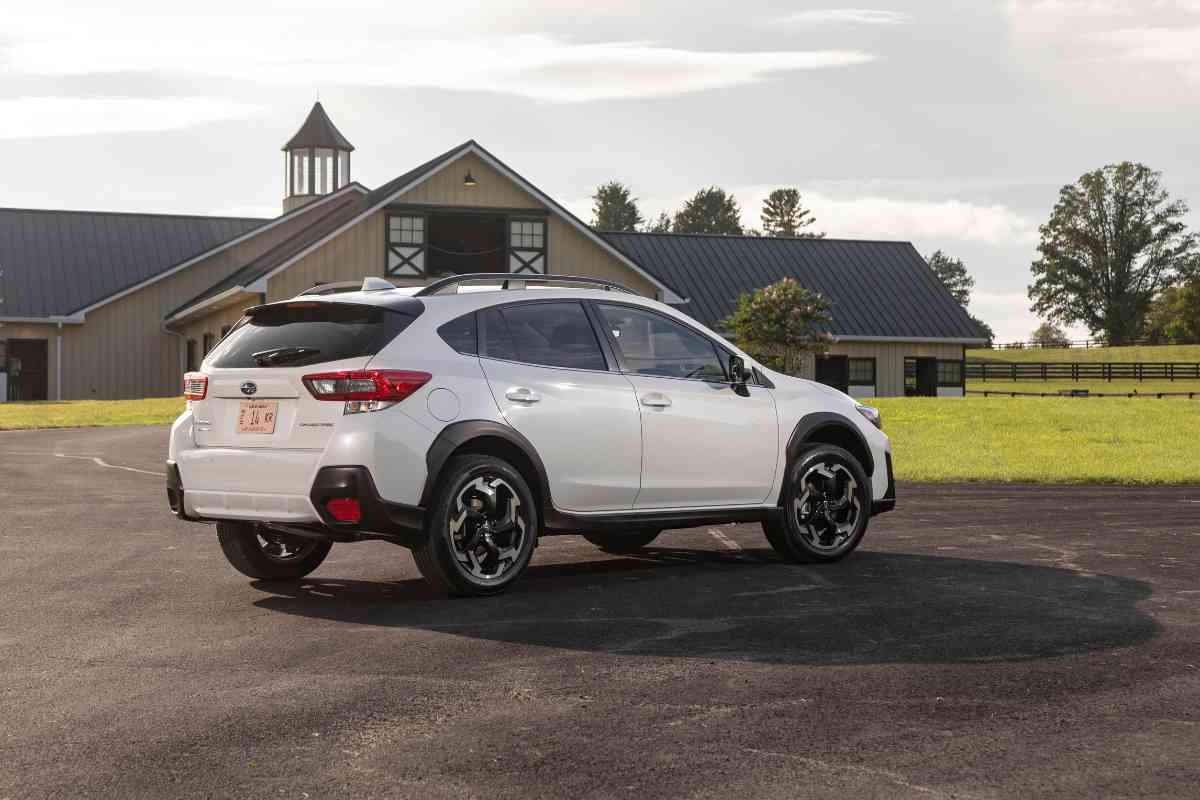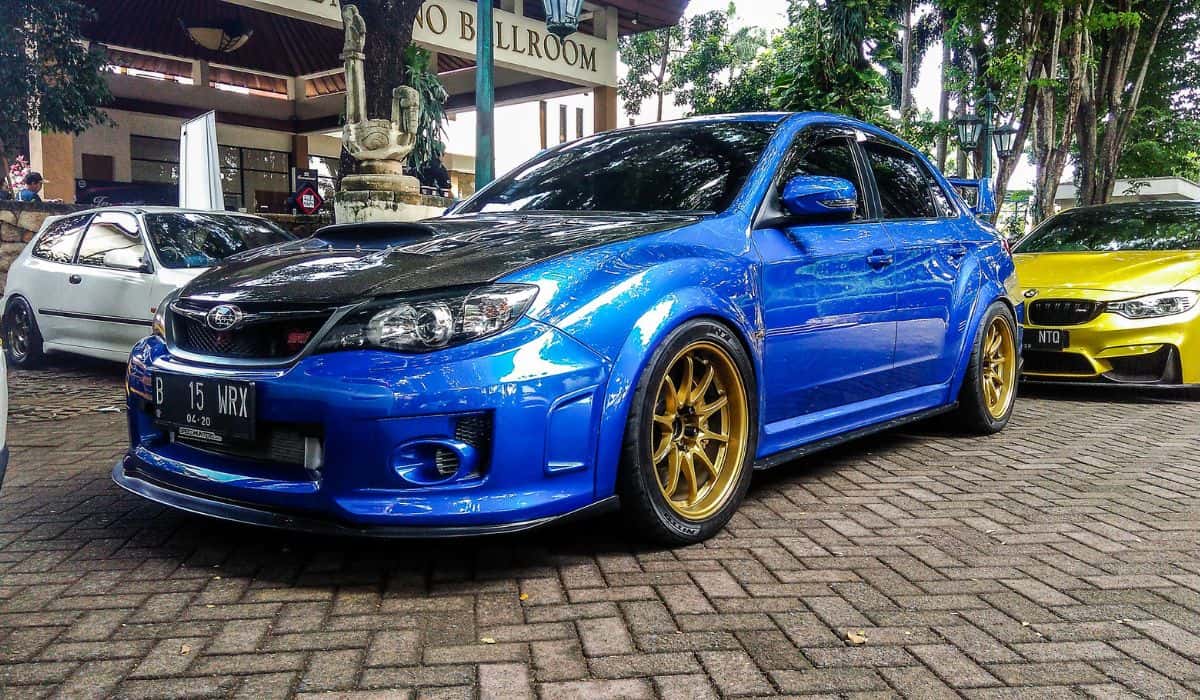How Long Do Subaru CVT Transmissions Last? (More Than 100,000 Miles?)
Reliability and safety are arguably the top priorities for many people when buying cars, which is why brands like Subaru have done so well.
One trait is that all their models come with Subaru CVT transmissions. This sets them apart.
But as is the case with many vehicle brands and models, Subaru has some not-so-bright spots, begging the question: How long do Subaru CVT transmissions last?

There’s no specific lifespan for Subaru CVT transmissions, but they can last for a relatively long time, even going beyond 100,000 miles. Provided you stick to a proper maintenance routine and avoid putting too much strain on the powertrain, the transmission should prove to be quite reliable.
Understandably, Subaru’s unwavering commitment to the use of CVT transmissions has raised eyebrows for many of the brand’s loyal consumers.
But even though it’s easy to assume CVT is a “bad” transmission, nothing could be further from the truth. Let’s dive into the details.
What Is a CVT Transmission?

CVT is short for continuously variable transmission, a buzzword auto engineers use to describe a special automatic transmission with no fixed amount of gear ratios (speeds).
A CVT is only similar to a traditional automatic transmission in that both don’t require input from the driver.
A traditional automatic transmission has a specified number of gear speeds, ranging from four to ten-speed transmissions. But a CVT can achieve any combination of gears depending on the caps in the programming.
And while it’s programmed to shift like a regular automatic, there’s really no shifting happening at all. A typical CVT uses pulleys and a heavy-duty steel belt drive to allow changing of gear ratios in a continuous, smooth fashion.
One pulley connects to the engine while the other connects to the wheels, and the heavy-duty steel belt joins the two.
The width of the pulley grooves changes from time to time, depending on how much power the car demands from the engine. When one gets larger, the other corresponds by getting smaller. This way, the combo provides an infinite number of gear ratios.
Are There Different Types of CVT Transmissions?
Not all CVT transmissions follow the same design and construction. Other types like the toroidal CVT use rotating discs and rollers to mimic the results you’d get with pulleys.
Another one called hydrostatic CVT uses pumps to regulate the flow of fluids, which then produce a rotational motion.
Subaru CVTs use a flexible steel belt drive to connect pulleys with varying groove widths, essentially replacing gears. By getting narrower or wider, the pulleys convert engine speed into suitable car speed.
And since these pulleys can change their width limitlessly, we get that “continuously variable” lingo. While the gear ratios can change continuously, the process happens smoothly even under engine load.
This seamless operation creates a smoother power delivery, almost rivaling what you’d expect in an electric vehicle. But if you’re used to driving a stick shift car, a CVT can make you feel like the clutch is slipping when you step on the gas.
Inside the vehicle, the controls are nothing unusual, and you’ll find two pedals (there’s no clutch) and a P-R-N-D-L shift pattern.
How Common Are Subaru CVT Transmissions?
Notably, Japanese brands like Subaru like using CVTs more than their American and European counterparts. And if you’re wondering why, it’s because Subaru realized that the benefits of using CVTs outweigh the potential issues with them.
Moreover, since Subaru has a commitment to continuous improvement, you might want to stick with CVTs. A smoother ride is often the touted benefit whenever CVTs come up in a convo, and it’s because the transmission doesn’t have to contend with the shifting of physical gears.
For this reason, it also provides a quieter ride. The pulley system’s design in a CVT vehicle also allows it to accelerate with more power. Plus, it allows the engine to operate longer at desirably lower speeds, equating to better fuel economy.
Common Problems in Subaru CVT Transmissions
Irrespective of the model and year of Subie you have, these are the most commonly reported CVT transmission problems:
Bumps, Shaking, and Shuddering
A malfunctioning belt or pulley in the CVT transmission typically causes the car to shudder or shake. Consumers have had to contend with this problem in various models over the years.
Fluid Seepage
The fluid seepage seen in Subaru CVTs was actually due to the sealant used on the oil pump chain cover and the oil seal on the input shaft.
Hesitation
Some owners complained that their Subies wouldn’t move an inch when they hit the gas or would hesitate for a while after they engaged the gas pedal.
Loud Thud Noises
Another common problem Subaru owners have complained of in recent years is loud noises, like knocks and jerks coming from the transmission area.
Stalling
Some owners have complained the car would come to a stop out of the blue, and in worse cases, the engine won’t come back to life after the unexpected stall.
How Long Do Subaru CVT Transmissions Last?

While there’s no set lifespan for a CVT transmission, the latest Subaru CVTs can last for a long time, serving drivers well past 100,000 miles. This goes provided that the driver sticks to a proper maintenance schedule and avoids straining the powertrain.
While older CVT designs may not be as reliable, lots of factors come into play to determine a transmission’s average lifespan, and it often goes on a case-by-case basis.
For Subaru, the newer, more affordable CVT transmissions have become more reliable over the years as they’re constantly being tweaked and perfected.
And as the venerated Japanese auto manufacturer invests more in CVT technology, Subie lovers can expect the lifespan of the transmission and overall powertrain to grow in the next couple of years.
That said, it’s no surprise a well-maintained Subaru won’t give you CVT transmission problems even if your odometer has clocked 100K+ miles.
CVT Transmission vs. Automatic
At its core, a CVT transmission is a special automatic transmission with infinite gear ratios (or gear speeds), unlike a conventional automatic transmission which has a fixed number of gear ratios.
CVT transmissions have dozens of advantages you won’t dream of with manual transmissions or conventional autos. Understandably, one of the perks of a CVT is the ability to continuously change the gear ratio.
So no matter how hard you’re revving up the engine, it will always perform at its peak efficiency. Moreover, a CVT is considerably lighter than a traditional automatic. These two factors result in better fuel economy, especially when you’re cruising through the city.
A lot of people say cars with CVTs offer a smoother ride than similar ones with regular automatic gearboxes. Experts agree this can be true to a great degree because the CVT transmission technically never shifts.
You don’t feel any abrupt downshifting when the car coaxes full throttle from the engine, and you won’t notice any gear hunting you may sometimes feel in a traditional automatic. That’s why Subaru CVT transmissions make the car feel much smoother.
The absence of gearing makes it easier for CVT vehicles to find and stick to an ideal torque ratio as well. It doesn’t matter whether you’re driving on an incline or taking off from a stoplight.
